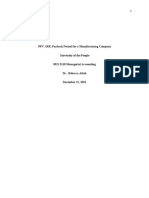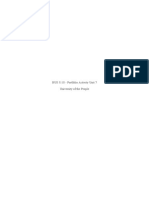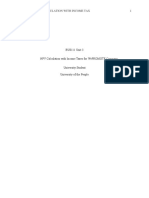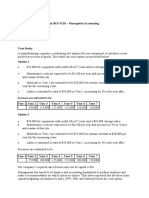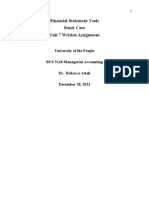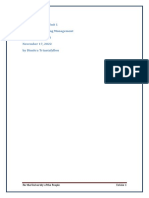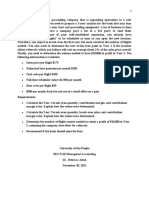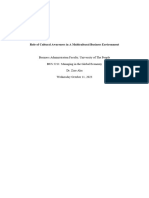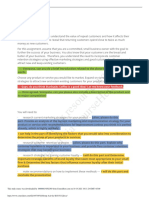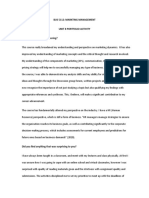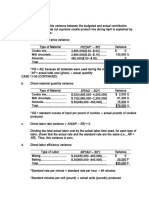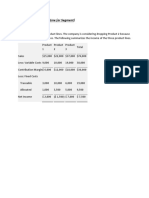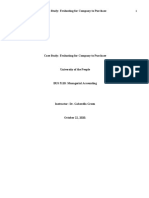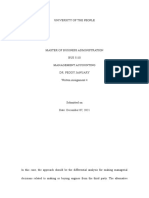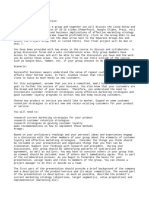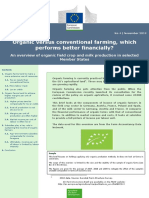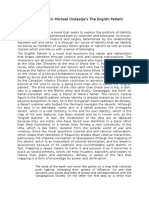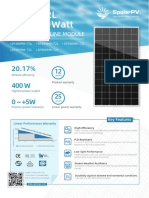0% found this document useful (0 votes)
458 views3 pagesWritten Assignment Unit 4
The document presents a case study comparing the costs of a vacuum manufacturer making an engine component internally versus outsourcing production to a third party. It provides cost data showing that making it internally would result in $7.5 million in sales but $550,000 in variable costs and $66,700 in fixed costs. Outsourcing production would generate $3 million in sales with no variable costs but $133,300 in fixed costs. A differential analysis shows that outsourcing production to the third party (Alternative 2) is more cost effective with a total of $2,866,700 compared to $4,016,600 if producing internally (Alternative 1).
Uploaded by
कुनाल सिंहCopyright
© © All Rights Reserved
We take content rights seriously. If you suspect this is your content, claim it here.
Available Formats
Download as DOCX, PDF, TXT or read online on Scribd
0% found this document useful (0 votes)
458 views3 pagesWritten Assignment Unit 4
The document presents a case study comparing the costs of a vacuum manufacturer making an engine component internally versus outsourcing production to a third party. It provides cost data showing that making it internally would result in $7.5 million in sales but $550,000 in variable costs and $66,700 in fixed costs. Outsourcing production would generate $3 million in sales with no variable costs but $133,300 in fixed costs. A differential analysis shows that outsourcing production to the third party (Alternative 2) is more cost effective with a total of $2,866,700 compared to $4,016,600 if producing internally (Alternative 1).
Uploaded by
कुनाल सिंहCopyright
© © All Rights Reserved
We take content rights seriously. If you suspect this is your content, claim it here.
Available Formats
Download as DOCX, PDF, TXT or read online on Scribd
/ 3













